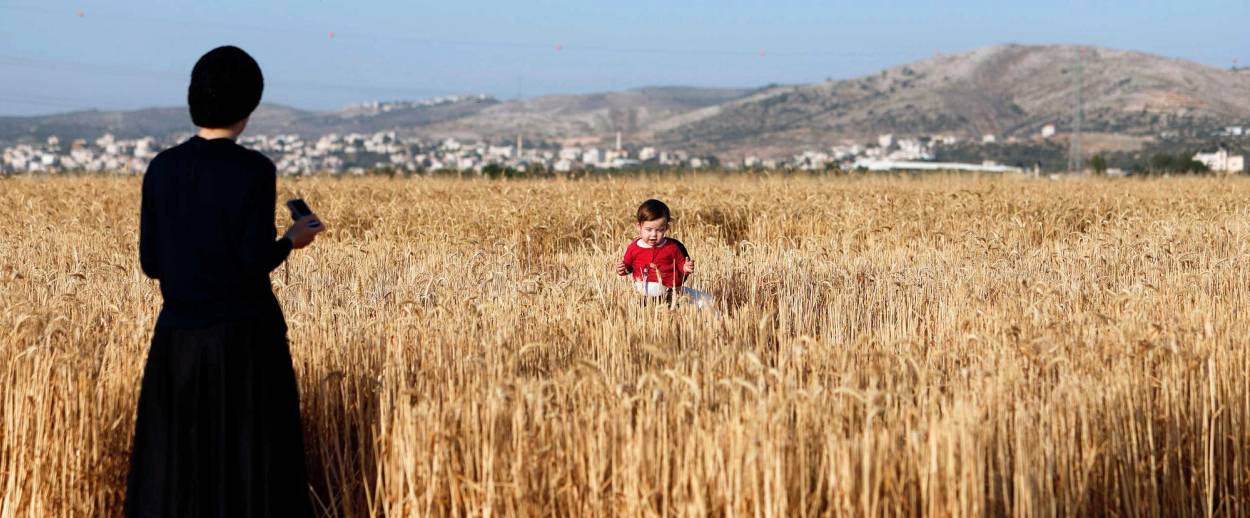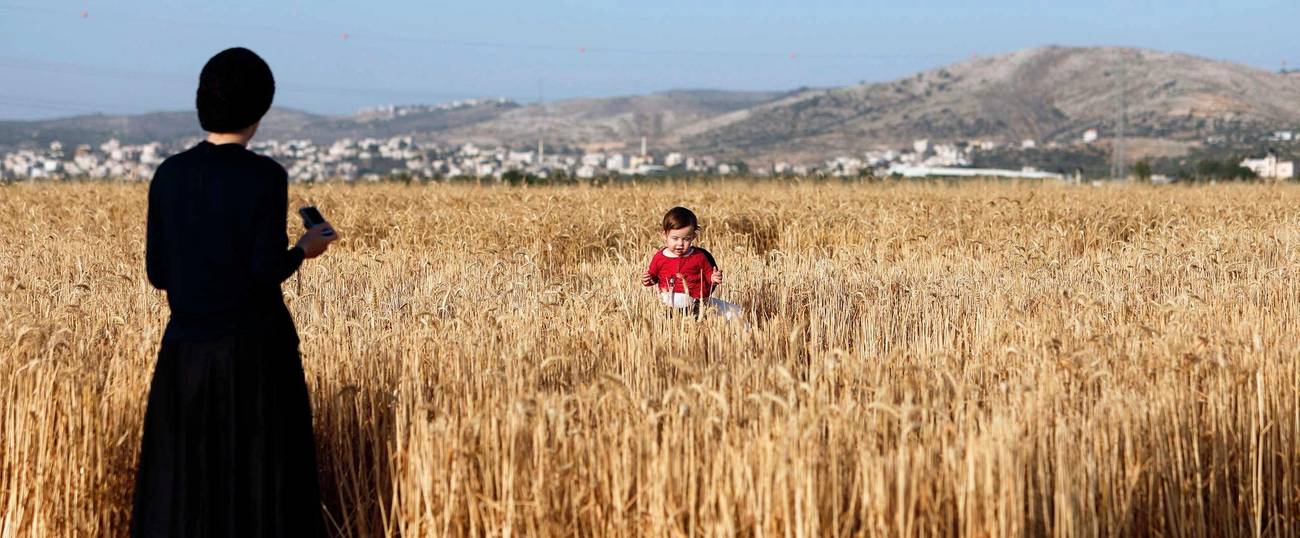Aggressive Surge in Israeli Settlement Activity Under Netanyahu Imperils Trump Peace Push (Not)
Because there is no aggressive surge—in fact settlements have not grown in years




According to Peace Now, which is unlikely to undercount the number of existing settlements, there are a total of 131 settlements and 91 outposts in the West Bank.
In April 2012, Peace Now reported the establishment of three settlements:
According to reports, Prime Minister Netanyahu stated this week that the government will approve the establishment of three settlements (Bruchin, Sansana and Rechalim), in the upcoming cabinet meeting on Sunday, April 22 … If approved next Sunday, it will be the first time since the Shamir government in 1990 that the Israeli government is deciding on the establishment of new settlements. [emphasis added]
That makes three settlements built in 2012, for the first time since 1990. That’s 22 years. Three settlements.
In fact, going back to news reports on those three Israeli settlements by Agence France-Presse, USA Today, and the Huffington Post, we find in each story a discrepancy between headlines and what is reported in the articles themselves, which illustrates just how misleading the narrative about Israeli settlements actually is.
According to the first paragraph in the article by Agence France-Presse:
Israel could advance plans this week for thousands of more homes in settlements in annexed east Jerusalem in defiance of a landmark UN resolution demanding an end to such activity. [emphasis added]
After its headline about the construction of Israeli settlements, USA Today explains:
“Israel plans Wednesday to approve construction of more than 600 housing units in East Jerusalem…” [emphasis added]
The Huffington Post likewise clarifies:
The Jerusalem municipality, undeterred by a UN anti-settlement resolution, is due to consider on Wednesday requests for construction permits for hundreds of new homes for Israelis in areas that Israel captured in 1967 and annexed to the city. [emphasis added]
Even the building of homes within the settlements has been blown out of proportion. In 2014, President Obama claimed that he had seen “more aggressive settlement construction over the last couple years than we’ve seen in a very long time.” But there was, in fact, no settlement construction at all.
Let’s assume Obama was referring to homes being built inside the settlements. Looking at housing built for Jews in the West Bank from 2009 to 2014, Haaretz concluded that fewer houses were built by Netanyahu than by his predecessors:
According to data from the Housing and Construction Ministry, an average of 1,554 houses a year were built in the settlements from 2009 to 2014 — fewer than under any of his recent predecessors.
By comparison, the annual average was 1,881 under Ariel Sharon and 1,774 under Ehud Olmert. As for Ehud Barak, during his single full year as prime minister, in 2000, he built a whopping 5,000 homes in the settlements.
Yet a typical Associated Press piece claimed that Netanyahu Years See Surge in West Bank Settlements. The clear implication in the headline is that during Netanyahu’s tenure up to that point there had been more settlements built than in previous years.
As it turns out, the AP article is referring neither to an increase in settlements nor an increase in homes built. Rather, in this ongoing shell game, the AP article is actually referring to the population within the settlements. But the “surge” in the headline is not even a comparison with population growth in previous years. On the contrary, if you read far enough, you find that a comparison with past years shows the population has not surged at all:
The rate of settler population growth slowed slightly under Netanyahu, from 31 percent during the previous five years under his predecessors Ariel Sharon and Ehud Olmert. Olmert especially took relatively little heat for the settlements because he was seen as a moderate. [emphasis added]
So where is the surge? The article is comparing the increase in the settlement population with the increase in the general Israeli population. While the population in the settlements slowed under Netanyahu, it more than doubled—over 21 years. Looking at just the period from 2009 to 2014, the population of Jewish settlers grew 23 percent compared to the general population, which grew at a rate of 9.6 percent.
Using data from Israel’s Central Bureau of Statistics, it becomes clear that regardless of the population increase, since 2010, the settlements’ share of housing completions declined under Netanyahu:
• From 2010 to 2013, a total of only 6,062 homes were built to fill the needs of an increase of 50,000 people, less than the actual need.
• During that same time, while settlers averaged 4.19% of the national population, they represented only 3.23% of national housing starts and 4.1% of national housing completions.
• In 2013 alone, the settlers represented 4.28% of the Israeli population, yet only 3.37% of national construction was completed in Judea and Samaria.
The point is that despite the natural increase of families, under Netanyahu the settlements did not receive an equivalent share of new homes when compared to the rest of the population. The increase in the birth rate did not result in a comparable increase in houses built, nor in an increase in the size of the settlements.
The size of the settlements themselves has been exaggerated to such an extent that most people probably do not realize that the Israeli settlements, those same settlements that supposedly are on the march, aggressively being built and numbering in the tens of thousands, actually take up less than 2 percent of the West Bank. In 2002, B’Tselem claimed that settlements took up 1.7 percent of the West Bank, while Peace Now claimed settlements took up 1.36 percent of the area. Neither organization can be described as partial to the Israeli settlers. In fact, nine years later in 2011, the chief Palestinian negotiator, Saeb Erekat, put the number even lower, claiming that the settlements took up 1.1 percent of the West Bank.
It is no wonder Israeli settlements have never stood in the way of Israel’s willingness to engage in direct negotiations. Yet the United Nations, the European Union, and major media outlets continue the narrative of Israeli settlements’ expansion, attacking the nonexistent increase in the number of settlements, which is echoed by smaller news organizations and repeated on social media.
***
You can help support Tablet’s unique brand of Jewish journalism. Click here to donate today.
Bennett Ruda blogs as Daled Amos both on his own blog as well as for Elder of Ziyon, and occasionally for The Jewish Press.